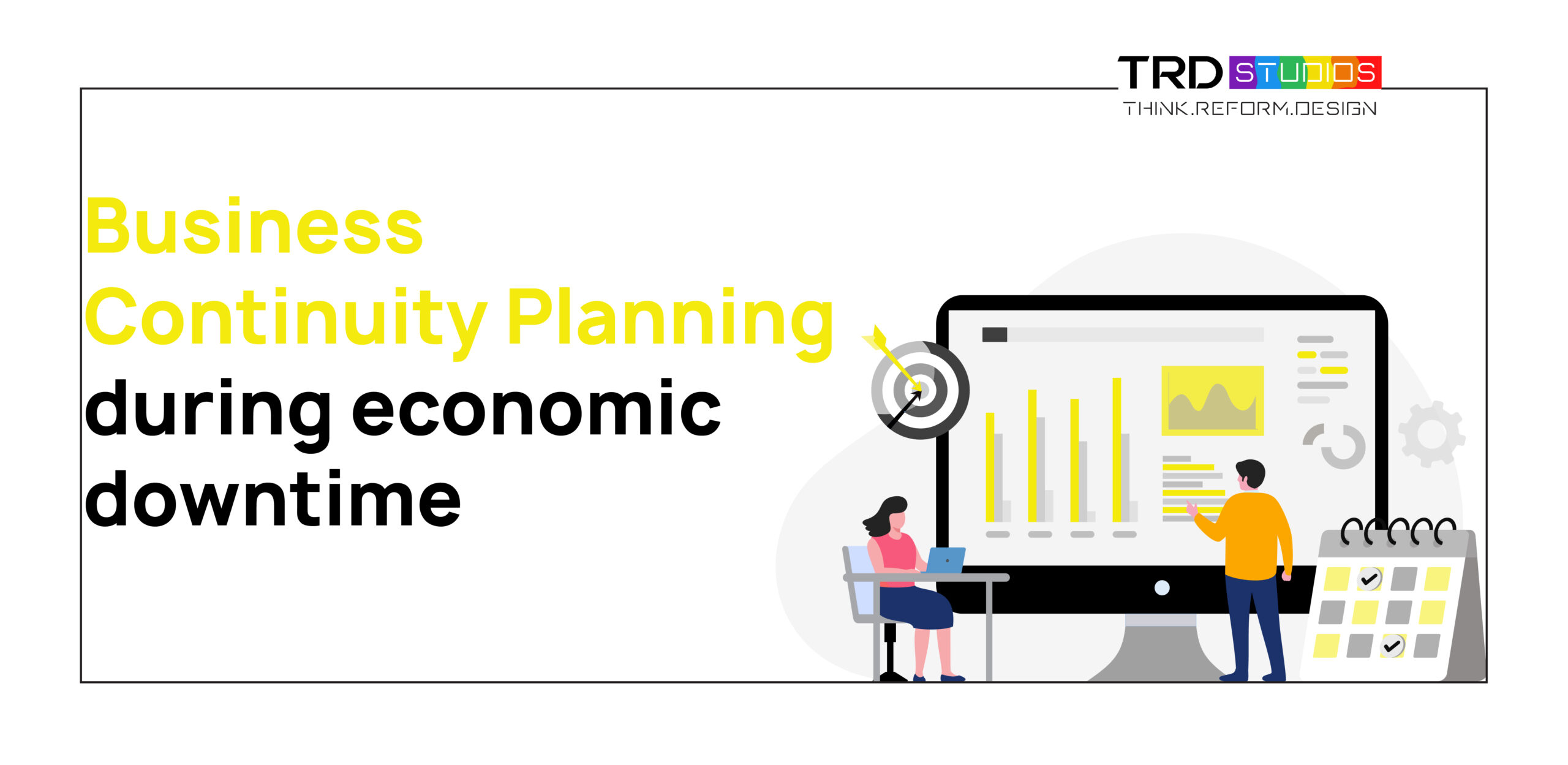The pandemic that has taken over the world in various ways obstructed the daily routine of lives and businesses. The uncalled event has brought up new challenges and threats business and business leaders perhaps have to deal with in the coming period. With so many questions left to address, it is worth taking a look at a few that have caught attention.
- How can the management or executives indulge in affirmative communication with the stakeholders that act as major pillars of the firm, without putting the brand’s reputation at stake?
- Should the executives march ahead with strategies and work on fresh launches?
- How can the leadership team ensure that they connect at the moment with the audience and do not appear to be someone taking advantage of the current situation?
- How can the management navigate the shift from the physical to digital platforms?
Giving a face to the Brand:
This is where leaders become the face of an organization and communicate ideas to attain thought leadership. This action is very vital when an organization is experiencing tougher times. All lines of communication need to be made accessible to all stakeholders.
In such moments when the organizations need to be held stable, the upper management should come ahead and take the lead to hold the organization’s ground strong for survival.
Communication, a lifesaver in testing times:
The flow of communication within and across any organization during times of crisis is very important. The way these actions are undertaken determines whether the outcome would be positive or negative.
An efficient and effective open mode of communication between the employees, stakeholders, shareholders, supply chain, partners , etc., is essential to keep the business steady.
Around 50% of the employees have not shown trust in their employers and feel that the organization they are associated with may not stand strong in the face of the ongoing crisis.
The economic condition of various countries is declining and that has stressed the investors on their contribution to the brands. The broadcasting media and trade has constantly kept a watch on the firms who are taking actions to stay afloat amid this crisis. Such attention needs to be addressed affirmatively which can raise a sense of trust amongst all the individuals involved in the organization.
Micro-stakeholder communication strategy:
Ogilvy has proposed a 6 step shift in communication to ensure the positive and affirmative brand communication.
But during events like the on-going COVID-19 crisis, the steps can be further narrowed down to three prime elements that need attention.
These three concepts the executive needs to take a look at are:
Discovery:
In this step, business leaders need to take stock of what is happening around. Different tools can be used to know what the stakeholders are concerned about to address those issues more effectively.
Take a look at what business leaders are reading about:
a. Reality vs Fake:
Business leaders are actively involved in reading articles or news concerned about the past and spread of the pandemic. They are curious about knowing the facts associated with the on-going event. This is the time when you place the right statistics in front of them for them to rely on you. You being a reliable source of information assists them in trusting you.
b. Taking a look at peers:
It is not recommended for organizations to do an exhaustive analysis of what the competition is doing during the times of crisis as it is time-consuming and you may not be able to catch the right moment to get in tune with the market. The executives need to just keep a gist of what is happening around.
c. Reliable thought leaders:
Brands can take a look at how different thought leaders are managing and conveying their message to the audience. This acts as guidance in the process and inspires to convey right.
Definition:
Ogilvy suggests taking the information that has been retrieved in the first phase and put it to optimized use for its implementation in the messaging.
Following points needs to be taken a look at during this phase:
- The objectives that are needed to be attained while communicating the message.
- The agenda that would be implemented, will it be for a shorter duration or will it stay?
- Is it possible to sectorise the audience before communicating?
- The news an organization would like to comment on, during this phase of crises.
- The social media channels that are worth targeting.
- Any quotes that would add to the motivation of the listeners.
- Content Activation:
This is when brands communicate with the outer world and this could be done using various social channels.
Content plan: This is the theme the organization would like to address the audience. It is wise to draft a content calendar and keep a check on if that is followed. The organization also needs to ensure that the content they are communicating with the world is relevant. Here relevance has a reference to the constantly changing aspects. New content needs to be drafted again for any change in the scenario.
Distribution medium: An organization may reach a bunch of audiences through their posts. But boosting their posts using different tactics would enable them to reach a more adequate audience.
Response administration: This is where the PR team comes into the picture. With the active help of the PR team, the organization can address various questions that have been raised. This is the time when a unique brand identity can be established.
Choosing the right medium:
Selecting the right platforms for your content to reach the audience is very important in times of crisis. The firm needs to understand they are not the only ones fighting the current situation and everyone is at their best. An organization certainly does not want to waste money on the wrong media channel that is not capable of giving them positive results.
Analysis of a few social media platforms:
1. Twitter:
Though twitter is quite reliable when it comes to the circulation of the message but one must know that the platform allows users to comment as well. The flow of negative or inappropriate comments would get tedious to work on.
2. Question and answers that are recorded:
This helps the organizations to address the questions quite effectively but the impact it would have may not be a strong one.
3. Instagram:
Instagram is widely used by the majority of the audience. This platform is capable of delivering the messages in the fastest way possible and has the potential to drop a significant impact on the viewers.
4. LinkedIn:
LinkedIn has a lot of professionals on the platform that have relations to the corporate world. LinkedIn is a great platform for the organization to showcase what they have. This also opens doors for the organization to put forth their thoughts to the entrepreneurs and build a strong identity in the market.
5. Media Interview:
Media interviews at the moment could be considered the best choice taking into note that the majority of people in this event are glued to news channels.
The crisis is new to everyone and it is best to convert this drawback most positively and come out stronger. The brands need to re-visit their goals and mission objectives and draft news ones to take the lead in the market.




